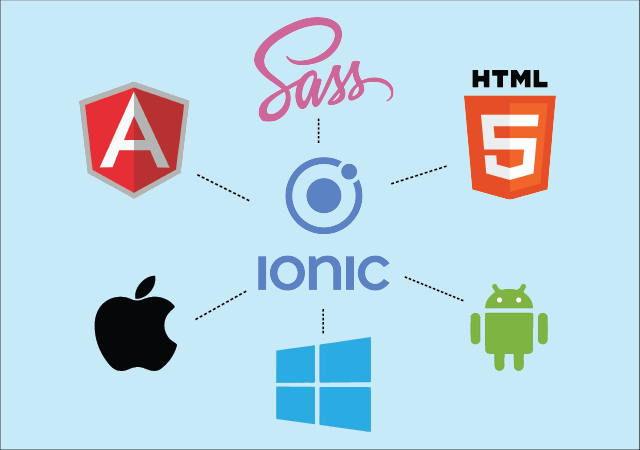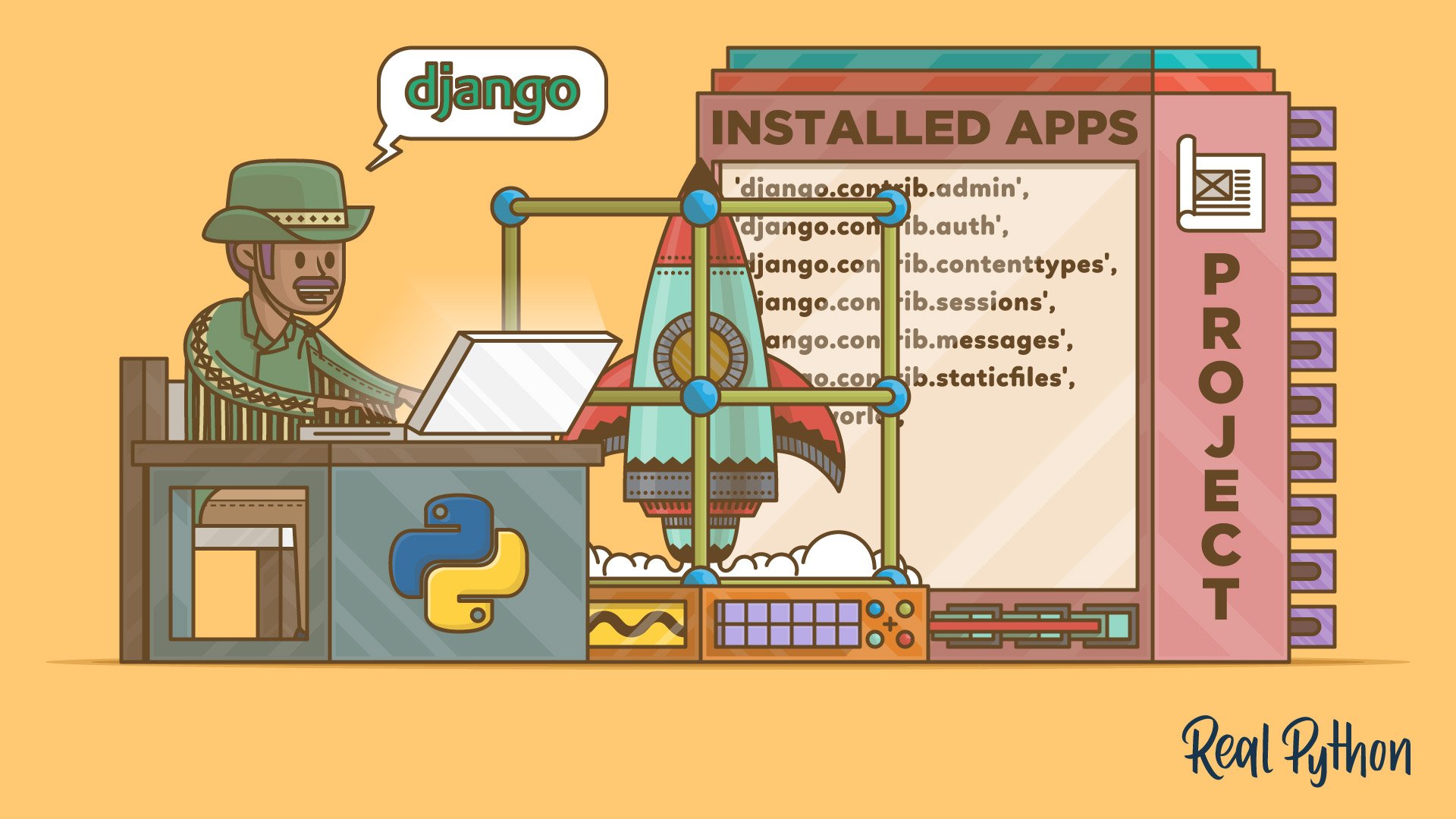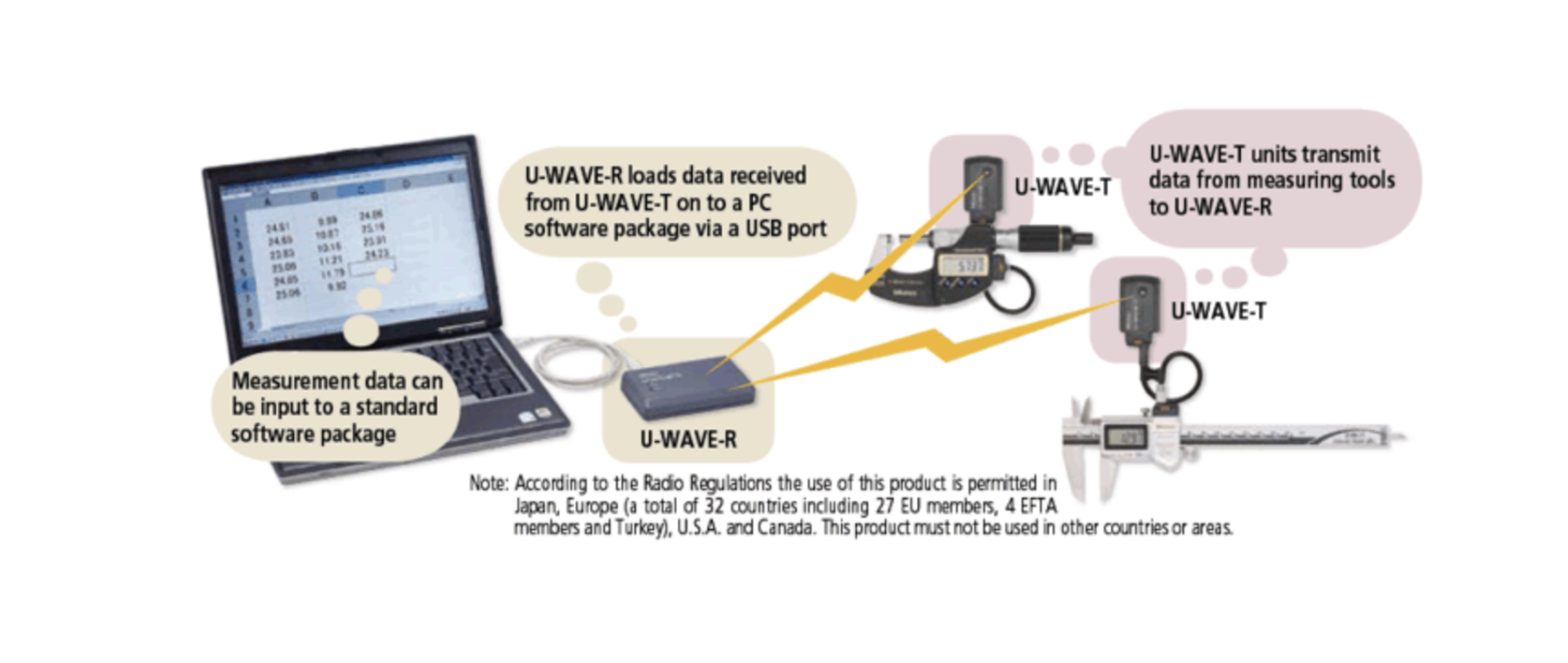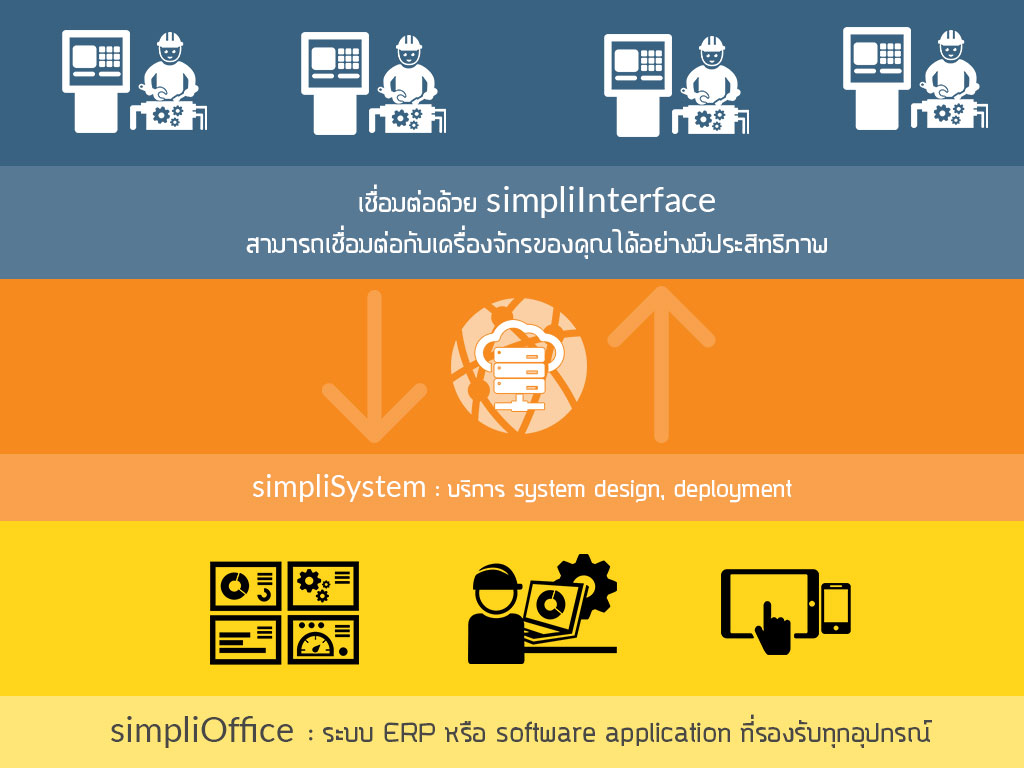เราจะเข้าใจ code ของ project ที่มีความซับซ้อนได้อย่างไร ?
Notice: Undefined offset: -1 in /var/www/html/wp-content/themes/simplico/inc/template-tags.php on line 699
ในสมัยที่ผมเขียน code แรกๆ ผมเข้าใจว่าผมสามารถเข้าใจการทำงานของ program ทุกอย่างผ่านการอ่าน code เพียงอย่างเดียว ผมมีหนังสือหลายเล่มที่อยากแนะนำให้ programmer ลองอ่านดูนะครับ
กลับมาเข้าเรื่องของเราดีกว่า สิ่งที่ผมอยากให้ผู้อ่านลองนำไปใช้ดูนะครับ
- ทำความเข้าใจ program นั้นเสียก่อน ผ่านการใช้งาน program นั้น
- ทำความเข้าใจปัญหาหลัก ที่ program นั้นถูกสร้างขึ้นเพื่อแก้ไขปัญหานั้น โดยพยายามทำความเข้าใจในรูปแบบของคำพูดคนทั่วไป ที่ไม่ใช่ coding
- ทำความเข้าใจ config file, Makefile ของ project ว่ามีโครงสร้างอย่างไร
- ศึกษา directory structure ของ project เราจะได้เห็นความสัมพันธ์ของแต่ละ module
- อย่าหวังที่จะเข้าใจ program โดยใช้แต่ debugger เพียงอย่างเดียว การที่ใช้ debugger มากเกินไป จะทำให้เราใช้ความคิดวิเคราะห์น้อยลง
- แทรก code ของเราเข้าไปใน project code เพื่อทดสอบความเข้าใจของเรา
- ใช้โหมดความคิดแบบนักสืบ และการอ่าน code ของเราจะสนุกสนานมากขึ้น
Get in Touch with us
Related Posts
- 经典编程思维 —— 向 Kernighan & Pike 学习
- Classic Programming Thinking: What We Still Learn from Kernighan & Pike
- 在开始写代码之前:我们一定会先问客户的 5 个问题
- Before Writing Code: The 5 Questions We Always Ask Our Clients
- 为什么“能赚钱的系统”未必拥有真正的价值
- Why Profitable Systems Can Still Have No Real Value
- 她的世界
- Her World
- Temporal × 本地大模型 × Robot Framework 面向中国企业的可靠业务自动化架构实践
- Building Reliable Office Automation with Temporal, Local LLMs, and Robot Framework
- RPA + AI: 为什么没有“智能”的自动化一定失败, 而没有“治理”的智能同样不可落地
- RPA + AI: Why Automation Fails Without Intelligence — and Intelligence Fails Without Control
- Simulating Border Conflict and Proxy War
- 先解决“检索与访问”问题 重塑高校图书馆战略价值的最快路径
- Fix Discovery & Access First: The Fastest Way to Restore the University Library’s Strategic Value
- 我们正在开发一个连接工厂与再生资源企业的废料交易平台
- We’re Building a Better Way for Factories and Recyclers to Trade Scrap
- 如何使用 Python 开发 MES(制造执行系统) —— 面向中国制造企业的实用指南
- How to Develop a Manufacturing Execution System (MES) with Python
- MES、ERP 与 SCADA 的区别与边界 —— 制造业系统角色与连接关系详解














